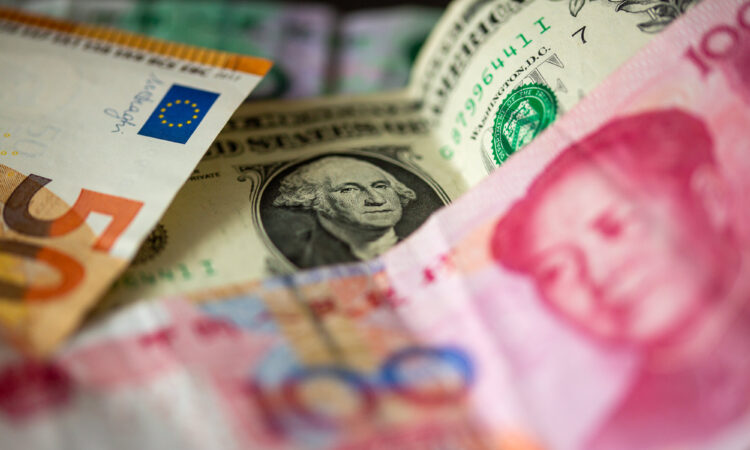
But Bloomberg reported on Monday that BOJ officials have not yet enough evidence that wage growth is enough to justify ending its ultra-loose monetary policy this month.
“This is the right reaction. Ueda’s words last week weren’t actually any sort of concrete statement that they were going to end that negative interest rate,” said Helen Given, FX trader, at Monex USA in Washington.
The dollar rose as high as 146.50 yen and was last at 146.21 yen, up 0.88% on the day. The yen has given up almost all of its rally on Thursday, when it reached 141.6 yen against the dollar.
The dollar rose 0.14% against a basket of currencies to 104.09.
The euro was last down 0.03% at $1.0757, close to Friday’s 24-day low of $1.0724. Sterling gained 0.19% to $1.2571, after hitting a 15-day low of $1.2504 on Friday.
Traders will watch U.S. consumer price inflation data on Tuesday for clues on the likely path of Federal Reserve policy. It is expected to show that headline inflation was unchanged in November, for an annual increase of 3.1%, down from 3.2% in October.
The dollar jumped on Friday after jobs growth in November beat economists’, forecasts, pushing back expectations for the first Fed rate cut to May, from March.
Central banks will then take the markets’ focus, with Fed officials due to give their updated economic and interest rate projections at the conclusion of the U.S. central bank’s two-day meeting on Wednesday.
Fed Chairman Jerome Powell is also likely to reduce expectations of rate cuts being likely in the first half of the year.
“His speeches, in particular since the last cycle, have focused on that the remaining risk is going to be to the upside – so he’s still biased towards more tightening rather than this loosening that markets are starting to expect,” said Given.
The European Central Bank and the Bank of England will also set rates on Thursday.
Meanwhile, China’s yuan fell to a three-week low after data showed deflation in the country worsened in November.
Data over the weekend showed China’s consumer prices fell at the fastest rate in three years in November while factory-gate deflation deepened, indicating increasing deflationary pressure as weak domestic demand casts doubt over the country’s economic recovery.
The yuan weakened to a three-week low in both the onshore and offshore markets on Monday, with the former last at 7.1773 per dollar. The Australian dollar, often used as a liquid proxy for the yuan, fell 0.21% to $0.6565.




